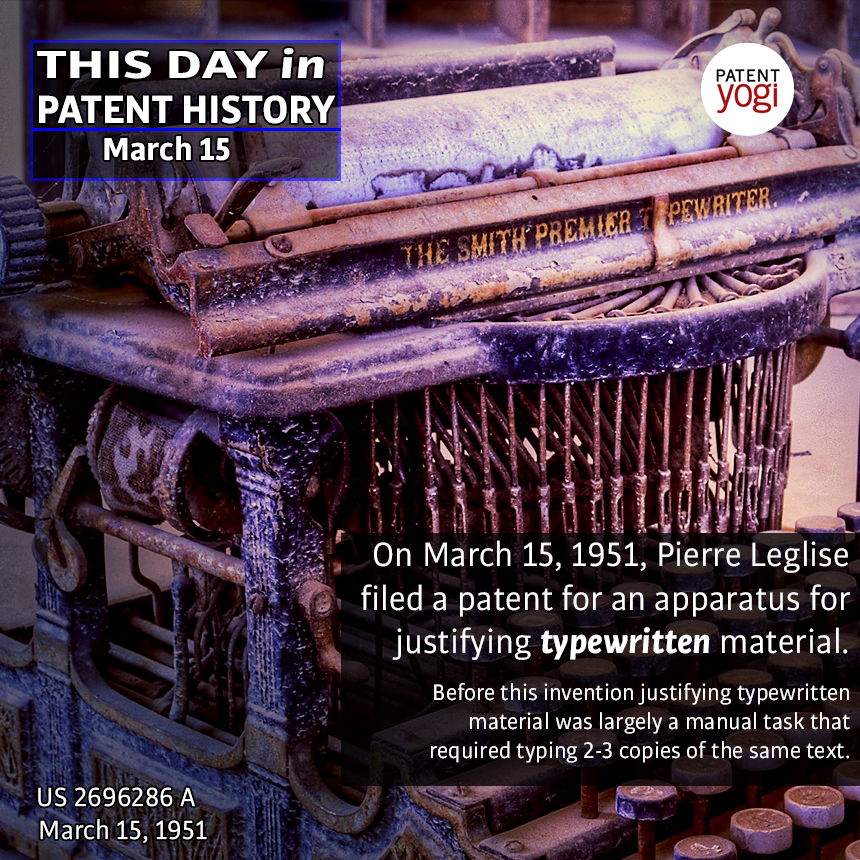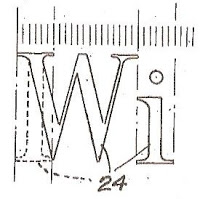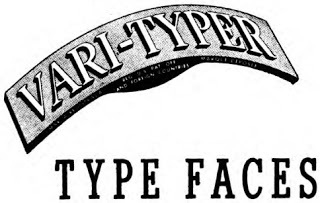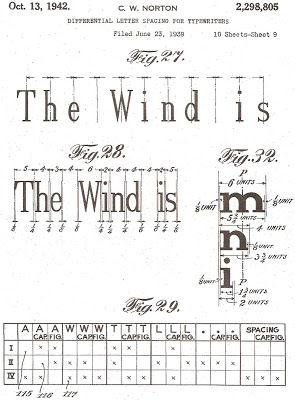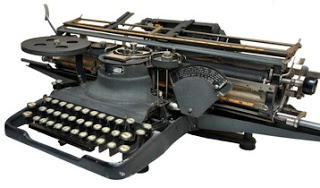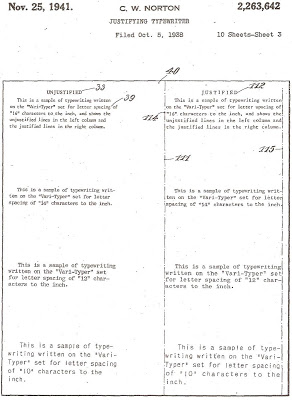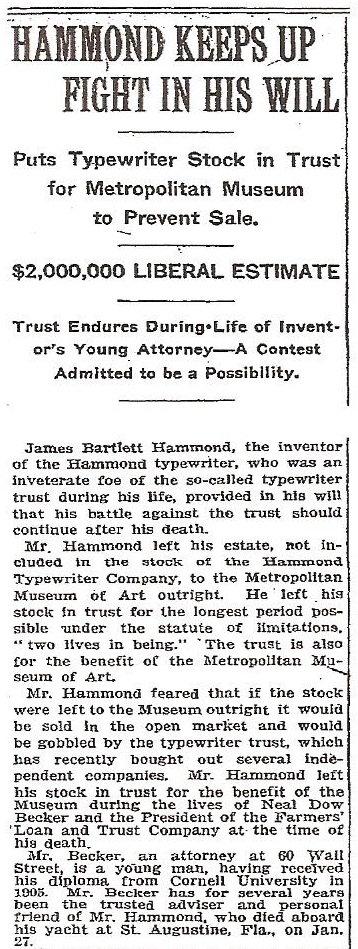This invention saved time required to achieve justification of typewritten material.
On March 15, 1951, Pierre Leglise filed a patent for an apparatus for justifying typewritten material. Before this invention justifying typewritten material was largely a manual task that required typing 2-3 copies of the same text.
In justified text, the spaces between words, and, to a lesser extent, between glyphs or letters (kerning), are stretched or sometimes compressed in order to make the text align with both the left and right margins. By late 19th, the design of typewriter was more or less standardised. However, in late part of 19th century and the early part of the 20th century, there were many attempts to invent a means of achieving line-justified typing.
Some improvements in justifying typewritten text:
1. In 1892, James A. Watson of Washington applied for a patent for a “justifying mechanism” for typewriters.
2. In 1912, Eduard Marek von Marchthal of Vienna, Austria, applied for a US patent a means of “justifying lines” on typewriters.
3. In 1929, Arthur L. Slee of San Francisco assigned to Jack Huston a patent for a “variable spacing mechanism for typewriters”.
4. In 1923, Arthur S. Wheeler, of the Bronx was issued a patent for a “variable carriage feed” mechanism, that achieved justification by regulating of the spacing in accordance with the number of characters in and the length of the written lines so that the lines may be of even length.
5. Between 1938-1952, Norton was granted many patents for this popular typewriter the “VariTyper”.
In a patent for a “justifying typewriter”, for which Norton applied in October 1938, he explained, “When the operator has finished writing the unjustified line, in accordance with the present invention, the operator depresses a tabulator key which automatically releases the carriage so that it may move to the left hand margin of a new or second column at the right of the sheet of paper. The operator now writes the same line over in this second column and the machine automatically justifies this re-written line so that it now extends a standard length. This result is obtained by automatic action of the machine.”
The tywritter patented by Pierre Leglise acheived justification without typing a preliminary copy. Instead it acheived justification by the continous contraction or extension of typing in the latter part of lines only. With this simple tweak, the patented apparatus took just 1/3 of the time taken by prior art apparatuses. Also, the patented apparatus takes about 50% extra time than taken by normal typing.
Justified text found the biggest application in newspapers.
Source: Collection Service
Publication number: US2696286 A
Patent Title: Apparatus for justifying typewritten material
Publication type: Grant
Publication date: 7 Dec 1954
Filing date: 15 Mar 1951
Priority date: 17 Mar 1950
Inventors: Pierre Leglise
Original Assignee: Pierre Leglise

